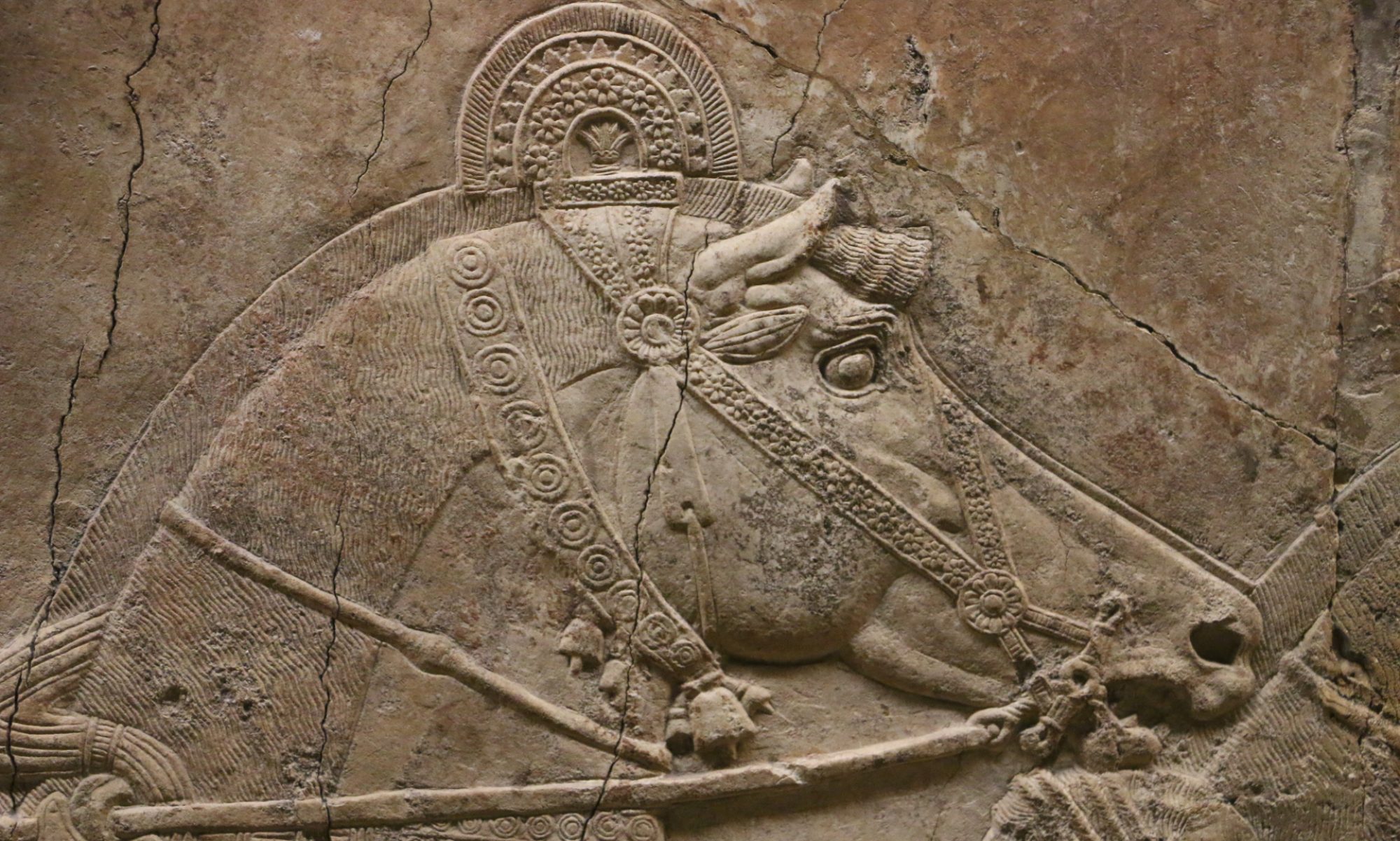http://www.amazon.co.uk/Templar-Knight-Mamluk-Warrior-121850/dp/1472813332
Publisher: Osprey Publishing
Publication date: 20 Nov 2015
Language: English
ISBN-10: 1472813332
In Osprey’s latest Combat title; Templar Knight versus Mamluk Warrior David Campbell attempts to show how the warrior elites of two cultures went about their business. During the 5th, 6th and 7th Crusades, all of which tested the respective sides’ ability to respond to fast changing situations and high stress battlefield scenarios.
The author has done a creditable job in examining how the Templars and Mamluk’s fared in combat, each being a match for the other and their success or failure all really coming down to the command decisions of leaders rather than the calibre of the troops. It differs from other versus titles a little in that some of the first hand accounts are from chroniclers instead of just soldiers, and the majority are from the Crusader side, but this is a 13th century subject and ordinary brother Knights and Mamluk soldiers didn’t tend to write down their experiences. So too there is no escaping the fact that the basic dynamic of Crusading warfare is fairly well known, and therefore little can be added to the discussion that the western Knights were at a great disadvantage if the Saracens did not choose to play their game. Despite these foibles of the Crusades, an excellent point is made by Campbell in the Analysis section at the end, about how the common comparison between the Templars and Mamluk’s is faulted, and should be kept very much in mind. Only the Templars were properly Holy Warriors. Their business was to fight for God and defend the Holy land. The Mamluk’s were closer to the idea of a secular retinue, however unlike their western counterparts, they too had one primary job, which was to fight for the ruler of Egypt.
So what we have is a great investigation into two of the most professional bodies of troops in the Middle Ages. Bringing the spotlight onto a little discussed phase in the Crusading story. The book starts out with filling the reader in with all the basics needed to contextualise the action. Building a picture of two fairly well matched military elites, it then examines in as much detail as possible the two sides in combat. The battles of Damietta, La Forbie and al-Mansūrah are well done, mirroring as they do a shift in crusader strategy looking away from Jerusalem to Egypt, and continuing the pattern of inexplicable luck, stupidity and misfortune that typify much of the Crusades. There is admittedly a feeling that it was the Crusader’s game to lose, and nitty gritty tactical examinations are surrendered more to the big picture than in other titles of the series, but again that is more to do with the levels of literacy and the style in which chronicles were written. The book is illustrated throughout with full colour images and helpful maps. The main illustrations by Johnny Shumate, a CG artist whose work I have long appreciated, and suit the nature of the series very well, the excellent split screen artwork of the charge at La Forbie, being the highlight.
This is the Crusades from the front lines, and is a good book that tackles the classic “who would win” scenario, and acts as a balancing companion to already published titles, highlighting as it does the key elements that made the Tempars such a formidable fighting force regardless of victory or defeat and how the Mamluk’s were able to tackle them.
Josh.




You must be logged in to post a comment.